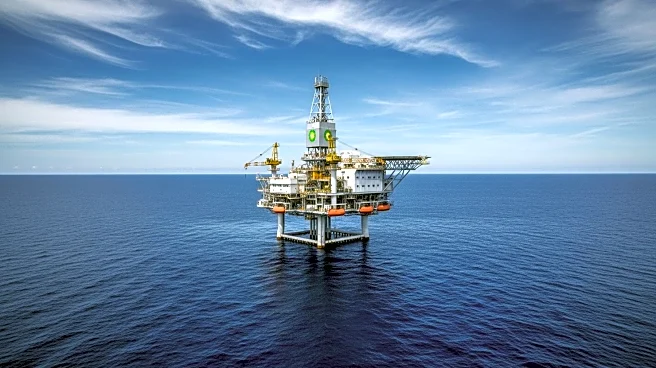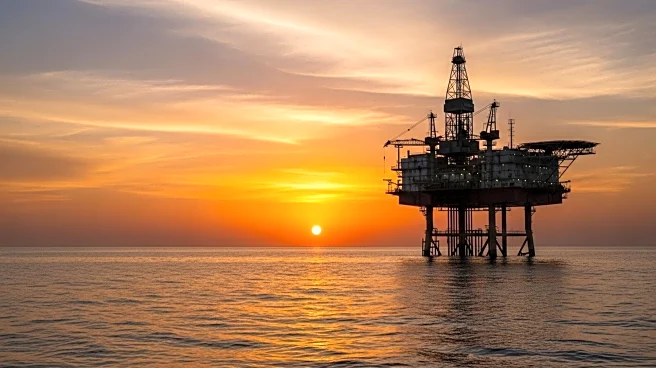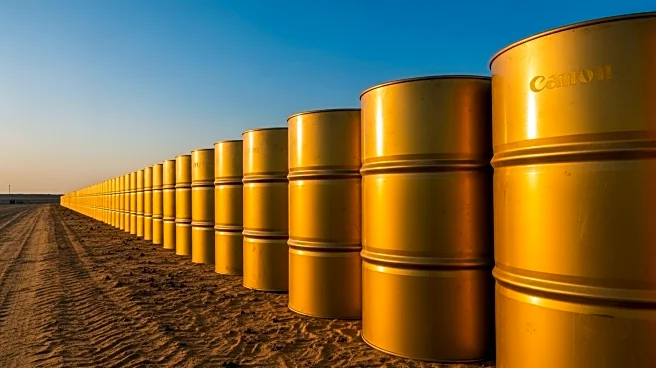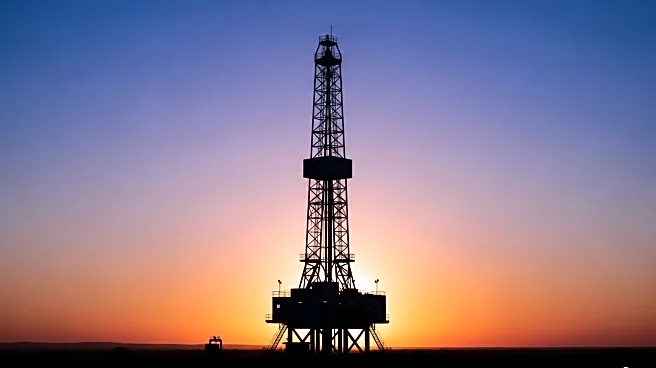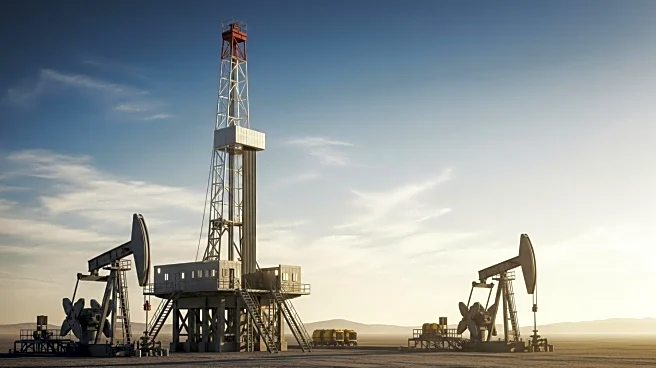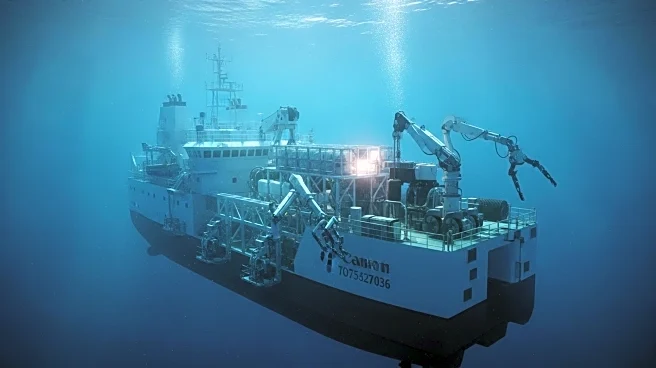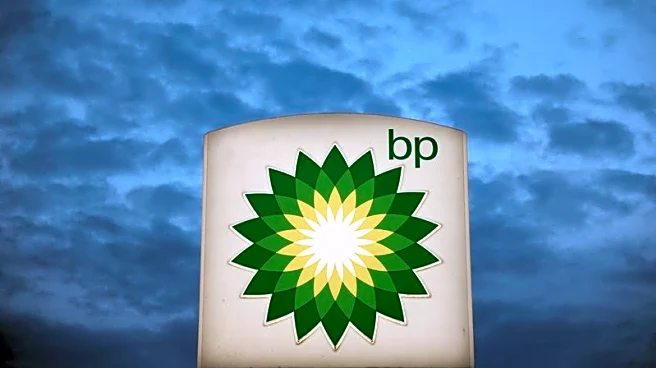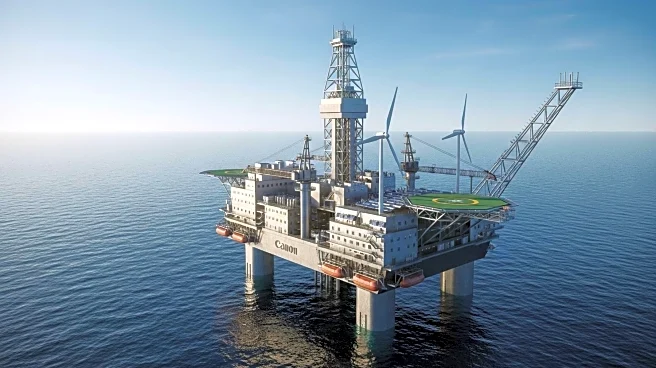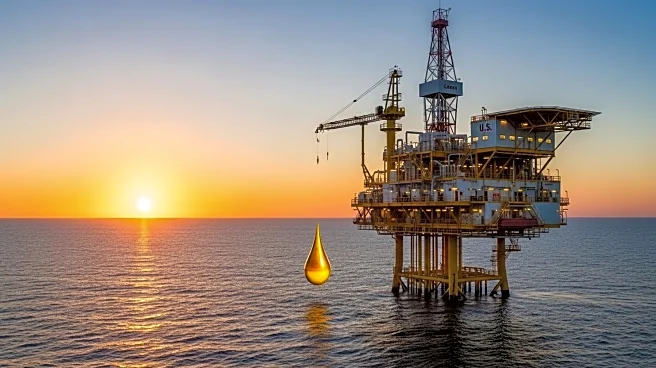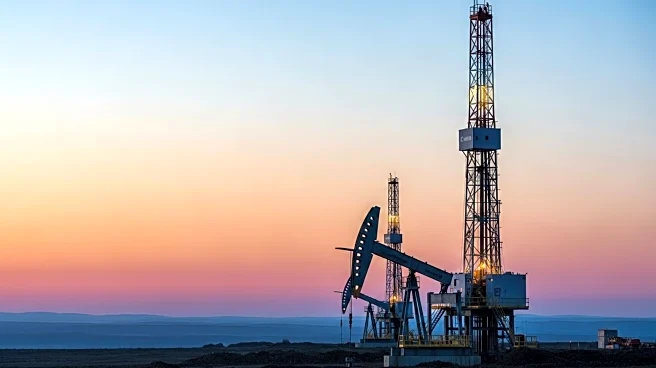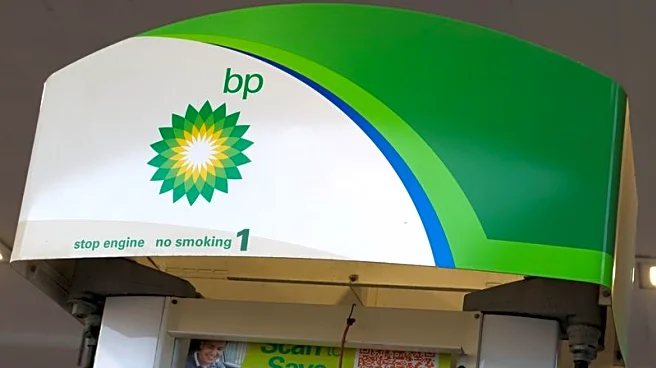What is the story about?
What's Happening?
BP has approved a $5 billion investment for the Tiber-Guadalupe deepwater project in the U.S. Gulf of Mexico. This marks BP's second new production hub in the region within two years, underscoring its commitment to expanding energy production in the Gulf. The project will feature a new floating production platform with a capacity of 80,000 barrels per day, initially developing six wells at the Tiber field and a two-well tieback from the Guadalupe field. BP estimates recoverable resources of around 350 million barrels of oil equivalent from the project's first phase.
Why It's Important?
The Tiber-Guadalupe project is a significant step in BP's strategy to enhance its upstream growth in the Gulf of Mexico, a region known for its rich oil reserves. By investing in this project, BP aims to unlock a portion of the estimated 10 billion barrels of discovered Paleogene resources in the Gulf. The project is expected to contribute to BP's goal of increasing its total U.S. output to over 1 million barrels of oil equivalent per day by the end of the decade, reinforcing its position as a major player in the energy sector.
What's Next?
BP plans to begin production from the Tiber-Guadalupe project by 2030, with additional wells under evaluation for future expansion. The company is also focusing on design efficiencies to reduce development costs, which could enhance profitability. As BP continues to develop its Gulf of Mexico portfolio, it may face regulatory and environmental challenges, requiring collaboration with government agencies and stakeholders.
Beyond the Headlines
The project highlights the ongoing debate over fossil fuel investments amid global efforts to transition to renewable energy. BP's commitment to the Gulf of Mexico reflects the complexities of balancing energy demands with environmental concerns. The development may also influence geopolitical dynamics, as energy production in the region impacts global oil markets.
AI Generated Content
Do you find this article useful?
